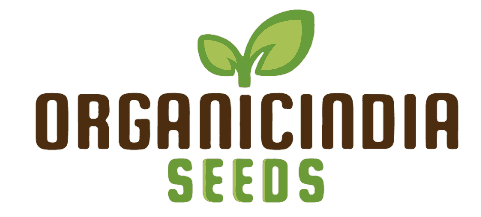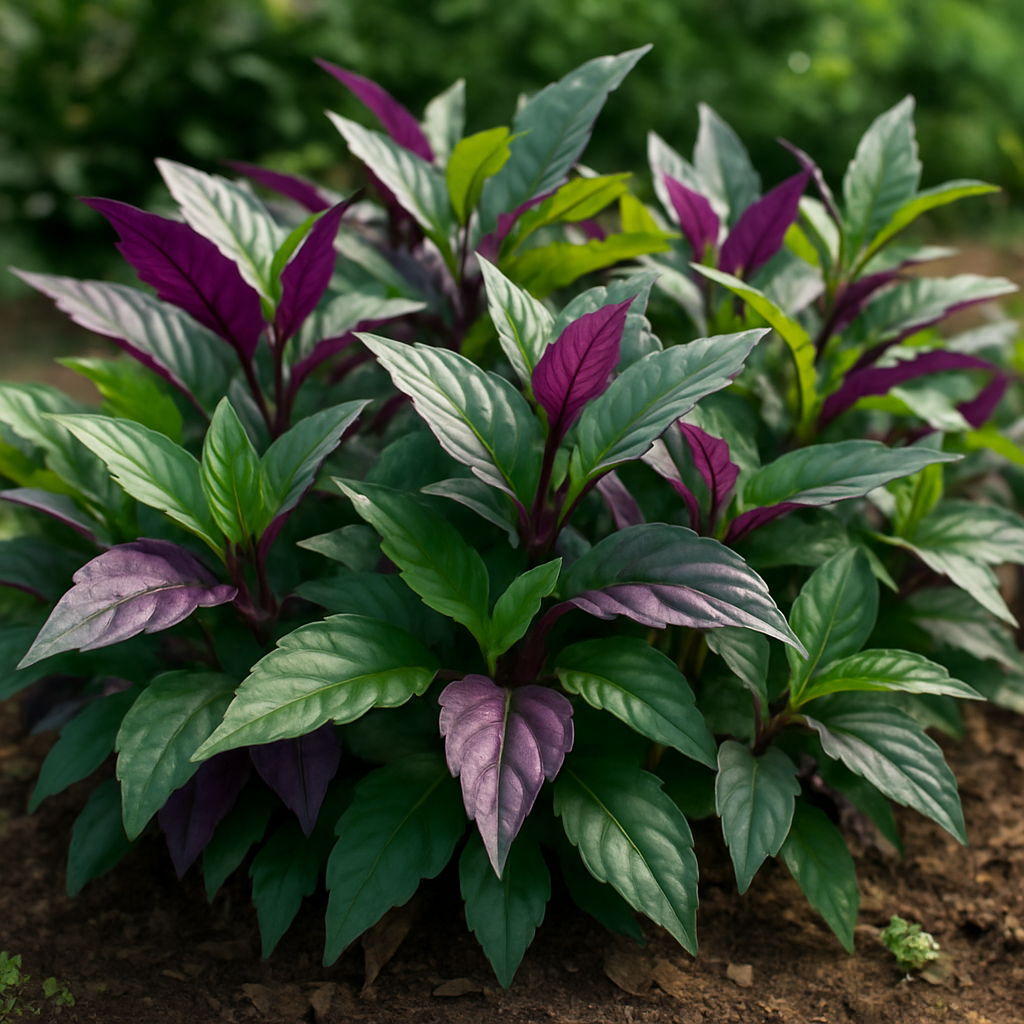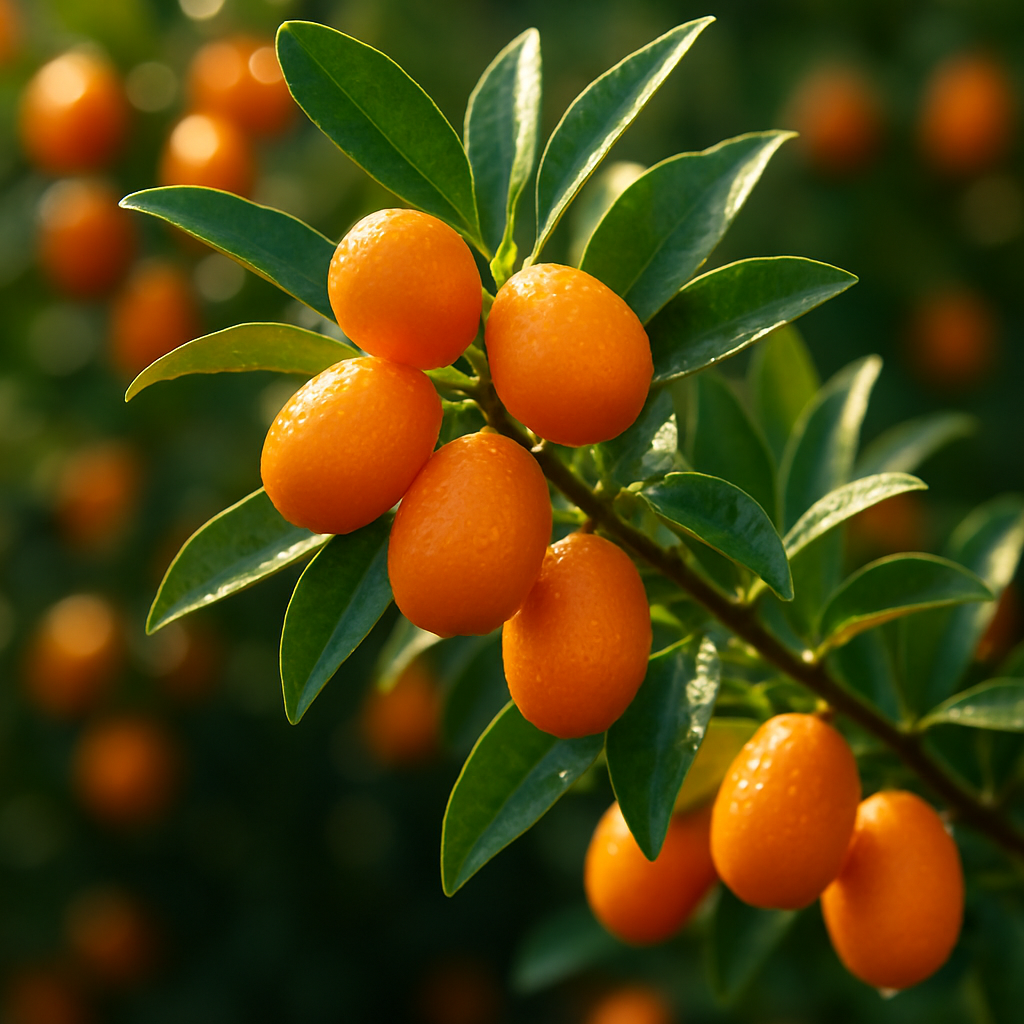Dwarf Hydrangea Flower Seeds: A Perfect Addition to Your Garden
About Dwarf Hydrangea Flower Seeds
The Dwarf Hydrangea (Hydrangea macrophylla) is a compact variety of the popular hydrangea plant, known for its beautiful, colorful blooms. Unlike larger hydrangeas, the dwarf variety grows to a manageable height, making it perfect for smaller gardens, patios, or container planting. Available in shades of pink, blue, and white, the Dwarf Hydrangea adds a pop of color and elegance to any space. Our organic Dwarf Hydrangea flower seeds are sourced from the best quality plants, ensuring healthy growth and vibrant flowers.

Why Grow Dwarf Hydrangeas?
There are several reasons to add the Dwarf Hydrangea to your garden:
-
Compact Size: It’s ideal for small gardens, containers, or as an accent plant for larger landscapes.
-
Long-Lasting Blooms: These hydrangeas produce large, round clusters of flowers that last for months, from late spring into summer.
-
Low Maintenance: Unlike other larger varieties, the Dwarf Hydrangea is easier to maintain, requiring less pruning and care.
-
Versatility: It thrives in both sun and partial shade, making it suitable for a variety of garden settings.
When to Plant Dwarf Hydrangea Seeds
The best time to plant Dwarf Hydrangea flower seeds is in early spring, after the last frost, or in the early fall for warmer climates. For best results, start your seeds indoors about 6-8 weeks before your last frost date. When planting directly outdoors, wait for the soil to warm up and the risk of frost to pass. Dwarf Hydrangea seeds generally take about 2-3 weeks to germinate, and you can transplant them outdoors once the seedlings have become established.
Where to Grow Dwarf Hydrangeas
Dwarf Hydrangeas thrive in well-drained soil with plenty of organic matter. They prefer partial shade but can tolerate some direct sunlight, especially in cooler climates. The ideal location would be a spot that receives morning sun and afternoon shade. If you are growing them in containers, ensure they have good drainage to avoid root rot. A cool, sheltered area with protection from harsh winds is also ideal for their healthy growth.
How to Grow Dwarf Hydrangeas
Growing Dwarf Hydrangeas from seed is relatively straightforward:

-
Soaking Seeds: Soak the seeds in warm water for about 24 hours before planting to help speed up germination.
-
Planting Seeds: Plant seeds about 1/4 inch deep in a well-drained seed-starting mix. Lightly cover with soil and keep moist.
-
Temperature: Keep the seed trays in a warm place, ideally around 65-70°F (18-21°C) for optimal germination.
-
Transplanting: Once seedlings are strong enough and the risk of frost has passed, transplant them into larger pots or directly into the garden. Be sure to space them at least 2-3 feet apart to allow for proper growth.
How to Care for Dwarf Hydrangeas
Proper care is essential for healthy Dwarf Hydrangeas. Here are a few key tips:
-
Watering: Keep the soil consistently moist, especially during dry spells. Hydrangeas need regular watering to thrive, but be careful not to overwater, as they dislike sitting in waterlogged soil.
-
Pruning: The Dwarf Hydrangea requires minimal pruning. Trim back dead or damaged stems in early spring before new growth begins.
-
Fertilizing: Use a balanced, slow-release fertilizer in early spring. Fertilize only once or twice a year to avoid overfeeding.
-
Mulching: Apply a layer of mulch around the base to help retain moisture and keep the soil cool in the summer months.
Companion Plants for Dwarf Hydrangeas
Dwarf Hydrangeas make excellent companions in your garden, especially when paired with other shade-loving plants. Here are a few ideas:

-
Hostas: Their bold, lush foliage complements the softer, rounded blooms of the hydrangea.
-
Astilbes: These perennials thrive in the same conditions as hydrangeas and add texture and color to the garden.
-
Japanese Forest Grass: A delicate grass that pairs nicely with the full blooms of the Dwarf Hydrangea.
-
Coral Bells: Their colorful foliage creates a striking contrast to the hydrangea flowers.
Harvesting Dwarf Hydrangea Seeds
While Dwarf Hydrangeas are generally grown for ornamental purposes, you can collect seeds once the flowers fade and seed pods form. Allow the seed pods to mature on the plant before carefully collecting them. Store seeds in a cool, dry place for the next planting season.
Final Thoughts on Dwarf Hydrangeas
The Dwarf Hydrangea is a wonderful addition to any garden, offering stunning blooms, compact size, and ease of care. It is perfect for smaller spaces, containers, or as part of a mixed garden bed. Whether you’re a beginner or an experienced gardener, Dwarf Hydrangea flower seeds are a great choice. For a reliable, organic source of seeds, visit Organicindiaseeds.com today and start cultivating your own beautiful Organic Dwarf Hydrangeas.



Leave a comment
This site is protected by hCaptcha and the hCaptcha Privacy Policy and Terms of Service apply.